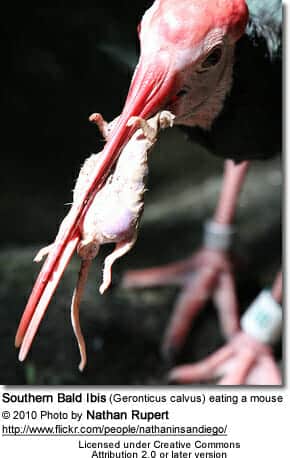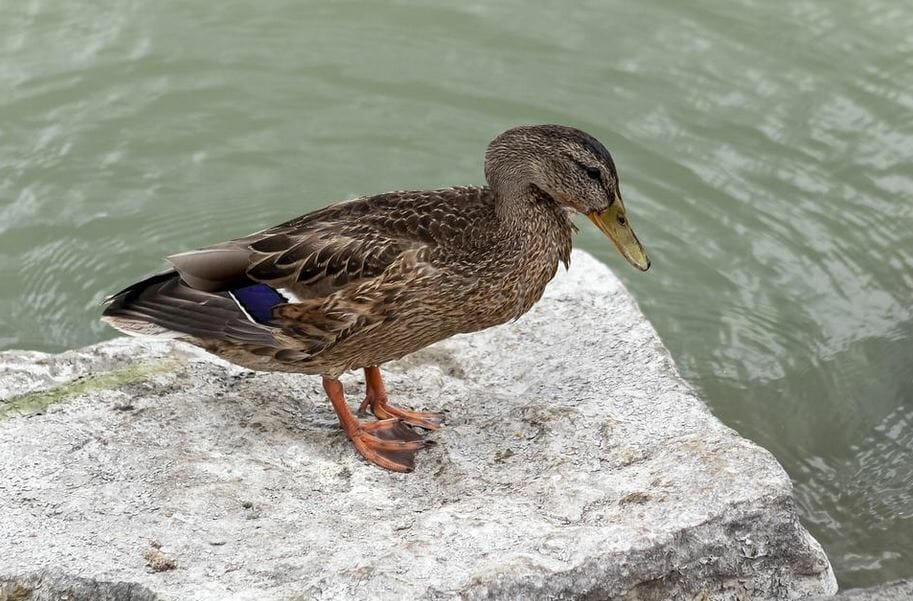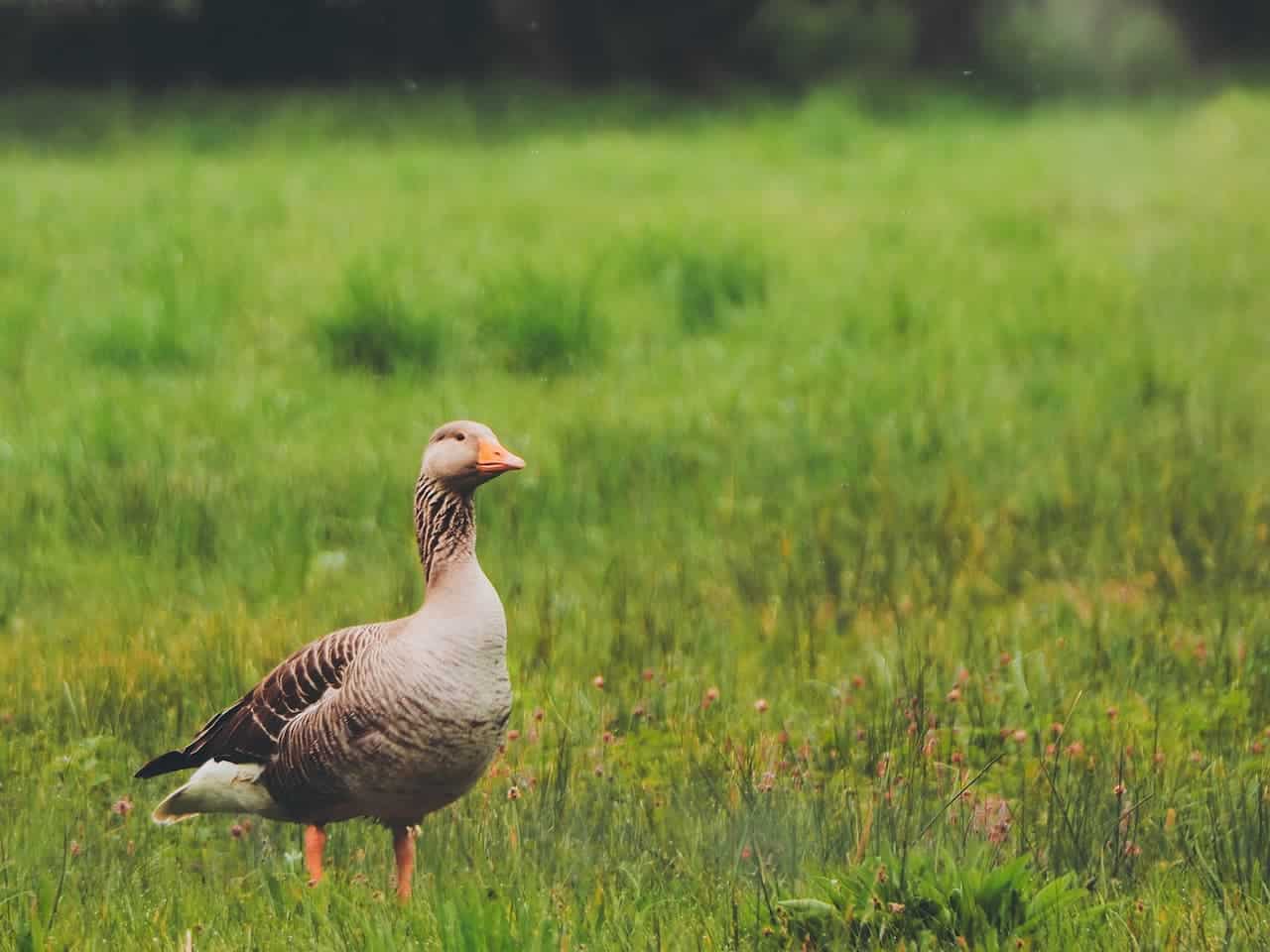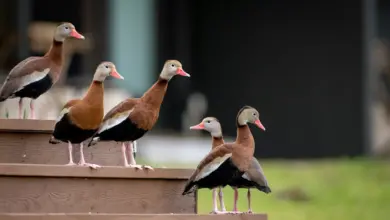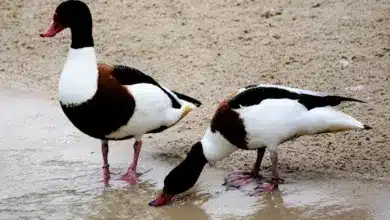Genus: Geronticus – Bald Ibises
Geronticus is a small genus of Ibises (wading birds) – the members of which have long legs and long, down-curved bill. Some refer to them as “Bald Ibises.”
Unlike most of the other ibis species they prefer dry (arid) habitats to the wetlands.
Ibises resemble herons and share many of their habitats and behavioral traits, but unlike herons, ibises fly with necks outstretched and often in V-formation.
Ibis Information and Listing of Species … Ibis Species Photo Gallery
Species, Ranges and Identification
- Northern Bald Ibis (Geronticus eremita) – Critically Endangered Ibis
- Range: Occurs around the Mediterranean
- ID: Elongated stiff feather crest around the neck
- Southern Bald Ibis (Geronticus calvus) – Endangered Species
- Range: Subtropical southern Africa.
- ID: Lacks the crest of the other species; has a red patch on the crown (top of the head)
Description
These dark-plumaged ibises have bald (featherless) heads. They have long legs and long down-curved bills.
Diet / Feeding
Their diet mostly includes insects caught on land, as well as lizards, worms, skinks, and other small reptiles.
They are mostly known for preying on locust swarms, and groups of them may kill thousands of these pests at one time.
To a lesser extent, they may feed on aquatic insects, mollusks, frogs, and food sifted from the water surface.
Breeding
Most breeding activities are observed after the rainy season, when plenty of food is available.
They typically nest in colonies. The nests are shallow cup-shaped platforms of sticks, grasses or reeds that are typically situated on rocks or cliffs.
The average clutch consists of 2 – 4 eggs. The nests are often reused year-after-year.

